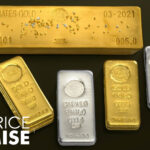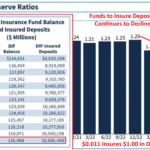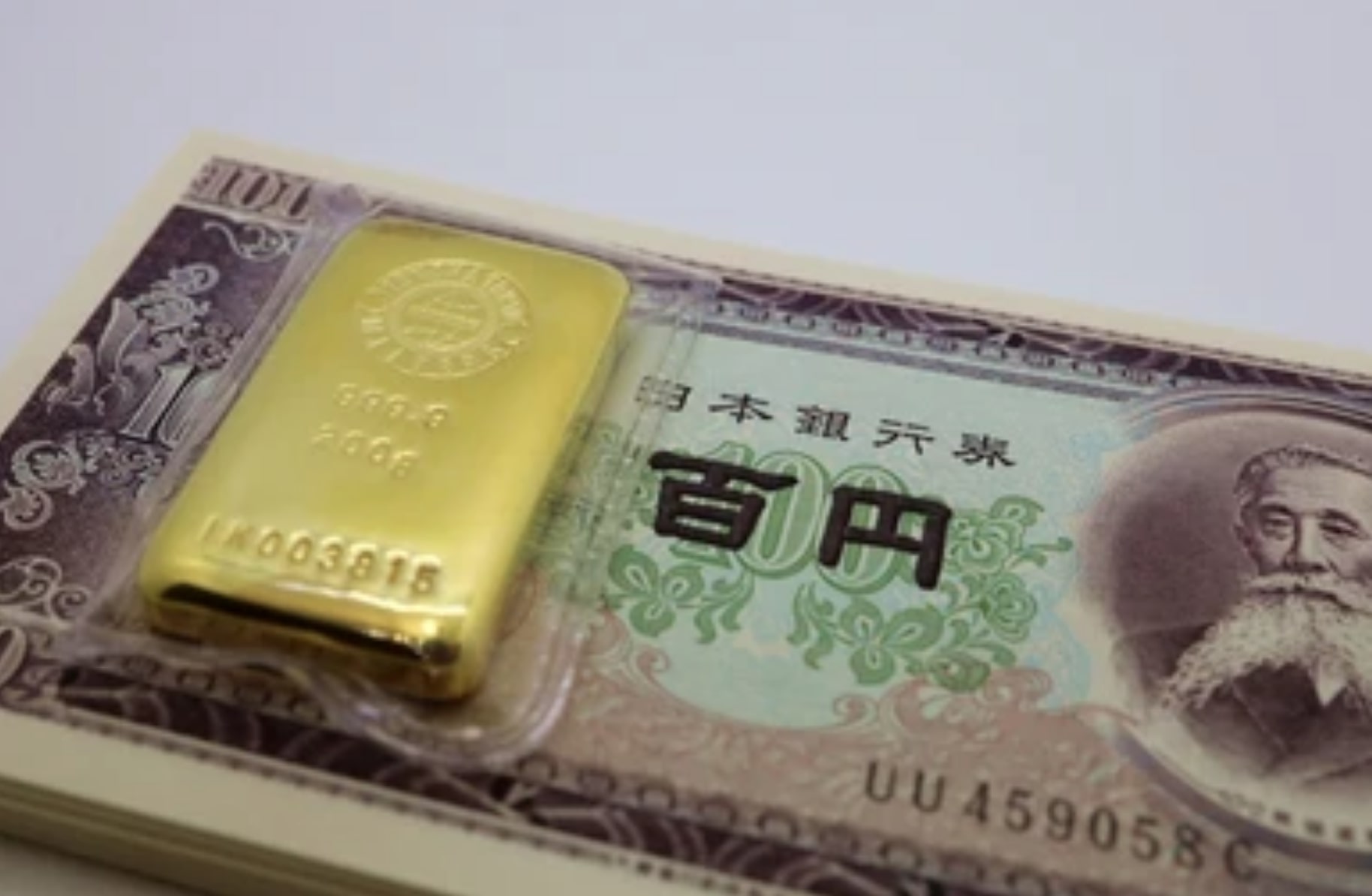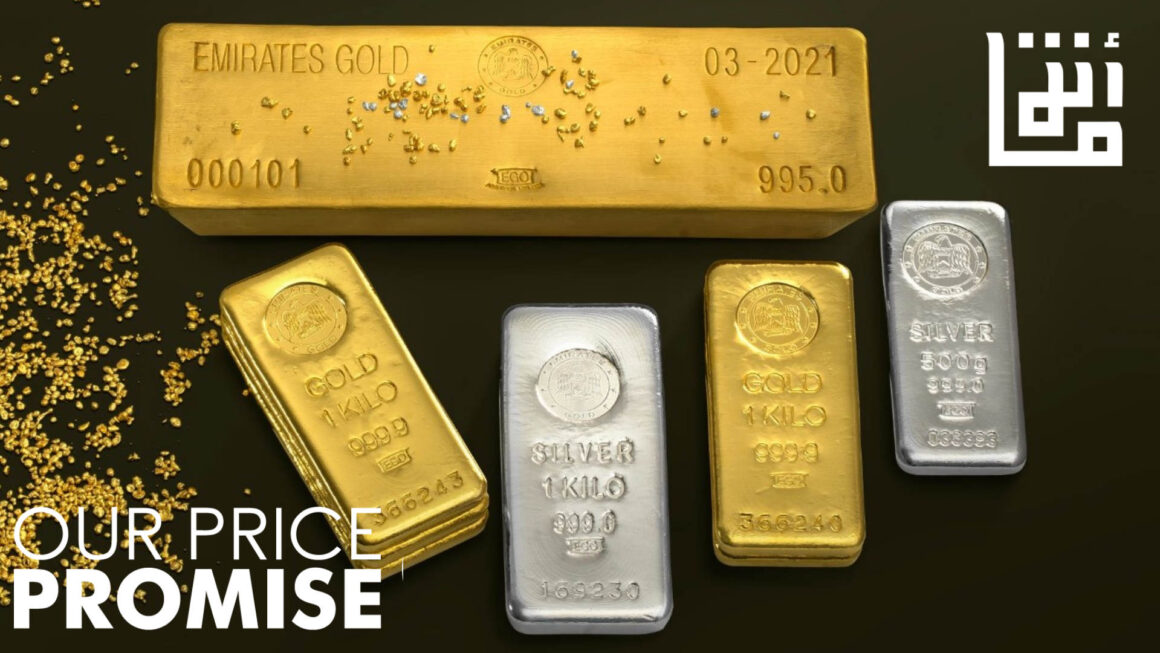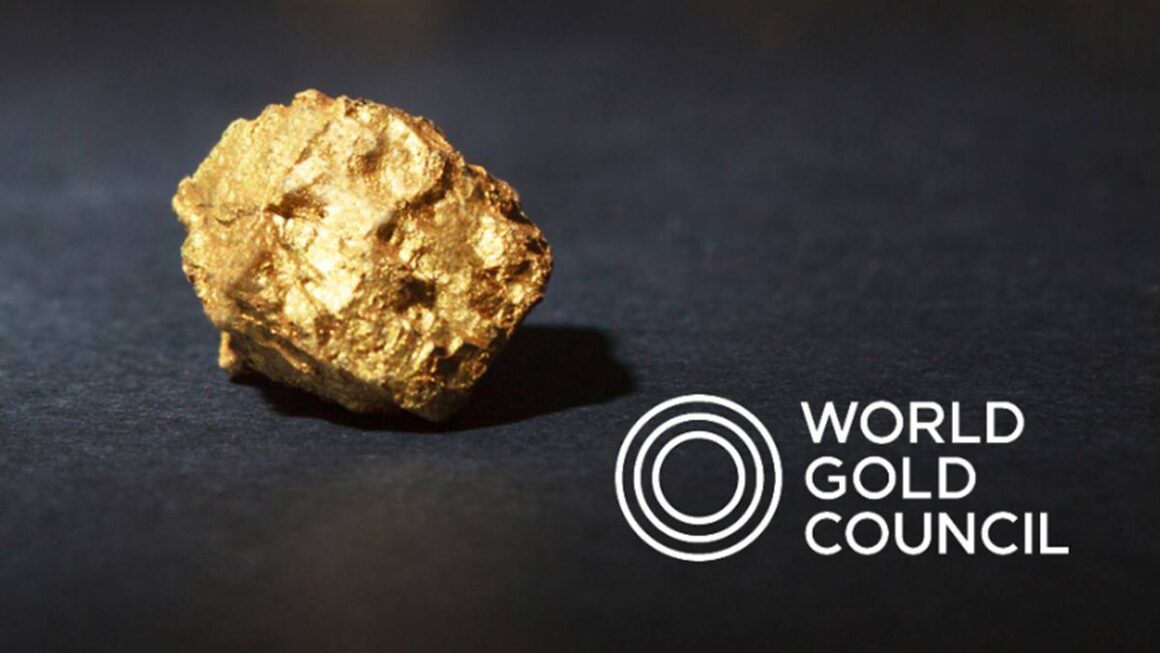In a significant development that has caught the attention of financial analysts and investors alike, the retail prices of gold in Japan have surpassed the milestone of 10,000 Yen per gram for the first time in recorded history. This noteworthy event carries implications not only for the precious metals market but also for the broader economic landscape of Japan and the global economy.
The surge in gold prices in Japan is reflective of a confluence of factors that have contributed to this unprecedented milestone. As we delve into the reasons behind this remarkable occurrence, it becomes evident that a combination of global economic trends, geopolitical uncertainty, and shifts in consumer behavior have played a pivotal role.
Global Economic Trends and Inflation Concerns: One of the central drivers behind the surge in gold prices is the prevailing global economic climate. The ongoing impacts of the COVID-19 pandemic, including supply chain disruptions and labor shortages, have created an environment ripe for inflation. As central banks around the world adopt accommodative monetary policies and inject liquidity into financial systems, concerns about rising inflation have intensified. Investors often turn to gold as a hedge against inflation, thereby driving up demand and subsequently its price.
Geopolitical Uncertainty and Safe-Haven Appeal: The global geopolitical landscape has also been marked by uncertainty in recent times. Trade tensions between major economies, geopolitical conflicts, and shifts in international alliances have all contributed to an environment of instability. In such circumstances, gold often gains appeal as a safe-haven asset. Investors seek the stability and value retention that gold historically provides, thus causing an increase in demand and further bolstering prices.
Consumer Behavior and Investment Choices: The choices made by individual consumers and investors have a substantial impact on market dynamics. The perception of gold as a reliable store of value and an attractive investment option has prompted many to allocate their funds towards it. This heightened demand from both retail and institutional investors has fueled the price surge. In a climate where traditional investment vehicles might be perceived as more risky, gold’s allure as a tangible and time-tested asset becomes particularly appealing.
Implications for Japan and Beyond: The breaking of the 10,000 Yen per gram barrier holds implications not only for the Japanese economy but also for the global financial ecosystem. For Japan, it could impact consumer sentiment and spending patterns, as higher gold prices might deter some buyers from making purchases. Additionally, it could affect the jewelry industry, which relies heavily on gold for crafting ornaments.
On a broader scale, the milestone serves as a reminder of the intricate interplay between economic factors, investor sentiment, and global events. It underscores the enduring role that precious metals, particularly gold, play in times of uncertainty. As economies continue to navigate challenges brought on by the pandemic and other geopolitical factors, the movement of gold prices will likely remain an important indicator of market sentiment and economic health.
In conclusion, the recent achievement of gold prices exceeding 10,000 Yen per gram in Japan for the first time on record is a significant event with far-reaching implications. It sheds light on the intricate relationship between economic trends, geopolitical uncertainties, and consumer behavior in shaping market dynamics. As the global economy continues to evolve, the price of gold will likely continue to be a key indicator of prevailing sentiment and a reflection of the broader financial landscape.


